Herbs for Natural Candida Balance

Did you know that 75% of women experience a yeast infection at some point in their lives?
While some Candida is a normal part of a healthy gut, overgrowth can happen when the balance of our gut microbiome is disrupted. Factors like iron-deficient anemia, antibiotics, high sugar intake, stress, or illness can tip the scales, allowing Candida to multiply more than it should.
Candida overgrowth can show up in different ways, from localized, superficial infections like oral thrush or vaginal yeast infections, to rarer, more serious internal infections in those with weakened immune systems.
Most overgrowth, however, is manageable and reversible. Signs of an overgrowth may include thick, white, cottage cheese-like patches or discharge, redness, soreness, itching, burning, swelling, or even pain during eating or sexual activity. Understanding how to support your body with the right herbs and lifestyle habits can help restore balance and end these uncomfortable symptoms.
Balance is the Goal
Candida is very much a part of the body. It is found in a healthy gut microbiome, as well as on the skin, in the mouth, and throughout the genitourinary tract. While we don’t fully understand all of its benefits, Candida coexists with the beneficial bacteria that help keep it in check, creating a delicate microbial balance[1]. In fact, research suggests that Candida albicans may play a role in stimulating the immune system, helping the body stay alert to microbial threats and maintain overall gut health[2].
The relationship between Candida and other gut bacteria is complex and dynamic. Candida can interact with commensal bacteria, which live in our bodies without causing harm, to influence the microbiome, affecting digestion, metabolism, and immune function[2,3]. For example, some studies indicate that these interactions may help regulate nutrient absorption and metabolic signaling, suggesting that Candida isn’t simply a harmful invader but a participant in a finely tuned microbial community[1,3].
However, when the gut microbiome becomes imbalanced, due to factors like stress, illness, a high-sugar diet, antibiotics, or nutrient deficiencies, Candida can overgrow and cause discomfort.
This overgrowth can present in different ways. In many cases, it leads to superficial infections, such as oral thrush, vaginal yeast infections, or skin irritations, which are treatable and not life-threatening. In rarer cases, Candida can become invasive, entering the bloodstream or internal organs, which is more serious and typically occurs in individuals with weakened immune systems[4, 5, 6].
The key is understanding that most Candida overgrowth is manageable and reversible, and supporting your body through lifestyle and herbal strategies can help maintain balance without causing alarm.
Lifestyle factors such as diet, stress management, and sleep play a critical role in keeping Candida in check, and herbs can offer more targeted support. In this blog, we will focus on herbal allies that help the body gently reduce Candida overgrowth and ease the symptoms associated with its die-off, supporting both the microbiome and overall wellness.
Herbs for Candida Balance
Antifungal Herbs:
Antifungal herbs inhibit the growth of fungi and yeast in many ways.
They:
- Break up the cell wall
- Inhibit the formation of a biofilm—a protective coating that makes them harder to eliminate
- Block the yeast from growing arms known as hyphae
- Reduce ergosterol production—a vital component for fungi cell wall integrity
- Prevents yeast hyphae from attaching to human cells
- Inhibits its replication
- Disrupt the integrity of mature biofilms
- Downregulate virulence genes, which allow yeast to invade our tissues
- Suppress yeast’s excretion of hydrolase—an enzyme used to damage our tissues
- Provide support to the immune system and gut health by reducing inflammation
Antifungal herbs include clove, ceylon cinnamon, turmeric, milk thistle, calendula, black pepper, pau d’arco, black walnut, oregano extract, garlic, olive leaf extract, and ginger.
Clove, Ceylon cinnamon, turmeric, black pepper, pau d’arco, garlic, olive leaf extract, and ginger can be enjoyed in teas or taken in capsule or tincture form.
Potent herbs like oregano extract and black walnut are usually most effective in capsule or tincture form.
Milk thistle and calendula not only support the antifungal effort but also nurture liver function. Making in teas or tinctures is a gentle way to include them, and leads us to our next set of herbs.
Detox Support Herbs:
Candida die-off is known as the Herxheimer reaction. As Candida begins to die in large quantities, it throws a bunch of toxins into the body. The presence of these toxins can cause[7]:
- Fever and chills
- Headache
- Muscle and joint pain (myalgia, arthralgia)
- Fatigue and weakness
- Nausea and vomiting
- Rapid heart rate (tachycardia)
- Flushing and sweating
- Worsening of skin rashes
- Low blood pressure (hypotension)
- Fast breathing (hyperventilation)
- Brain fog, dizziness, or mood changes
Symptoms can last a few hours to several days.
Candida die-off sounds horrible, but it doesn’t have to be. Supporting the liver can make a noticeable difference in how we feel.
Herbs like milk thistle, dandelion, artichoke, and ginger are easy to integrate as teas, tinctures, or capsules, helping the liver clear the toxins Candida releases as it dies.
Ginger is especially versatile—it can also be steeped in warm water or added to meals to soothe digestion as your body detoxifies.
Sugar Support Herbs:
While human studies finding a correlation between Candida die-off and sugar cravings are limited[8], this is not to discount that many individuals have reported sugar cravings while doing a Candida cleanse[9]. These cravings may occur for several reasons:
- Final cry from Candida to get a fuel to boost its metabolism
- A shift in gut dysbiosis sends signals to the brain that are interpreted as hunger or cravings
- Toxins may affect mood, increasing a desire for quick energy sources (e.g. sugar)
- Reduction of carbs leads to a hypoglycemic state, leading to sugar cravings
Regardless of what the truth actually is, sugar cravings are not pleasant. If it happens to be due to carb restriction, we highly encourage the increase of complex carbs found in whole, unprocessed foods. As for the others, herbs that support blood sugar levels and cravings include gymnema, pau d’arco, and ceylon cinnamon.
Gymnema is best used in a powder or tea form. The herb needs to coat the tongue for a few minutes before sugar is consumed, or it doesn’t work. Gymnema blocks the sugar receptors in the tongue, so when you consume something sweet, it doesn’t taste like it usually does. Speaking from experience, a hard piece of candy becomes nothing more than a marble in the mouth after ingesting gymnema.
How Can Earthley Help?
How awesome would it be if we had a formula that contained herbs from all three of these categories to support the gentle reduction of Candida without needing to suffer for hours or days? Turns out, we do!
Candida Cleanse contains clove, Ceylon cinnamon, turmeric, milk thistle, calendula and black pepper. This combination of antifungal, liver, and sugar support herbs is great for the whole family.
If candida overgrowth is a common problem for you, dietary changes may be the missing puzzle piece. Going on an anti-candida diet will benefit you most likely, but keep the key mistake in an anti-candida diet in mind. The Gut Health Support Guide Protocol can help you on your way!
For topical support, check out our No More Yeast Salve!
So, even though Candida is a natural part of our bodies, it can cause discomfort and disrupt overall wellness when it overgrows. By supporting your body with antifungal herbs, aiding your liver during die-off, and managing sugar cravings thoughtfully, you can help restore balance to your gut and ease the symptoms of overgrowth. Small, consistent steps, like incorporating herbs in tea, tincture, or capsule form, can make a significant difference, giving your body the tools it needs to thrive. Balance is the goal, and with the right support, it’s absolutely within reach.
Check out these products!
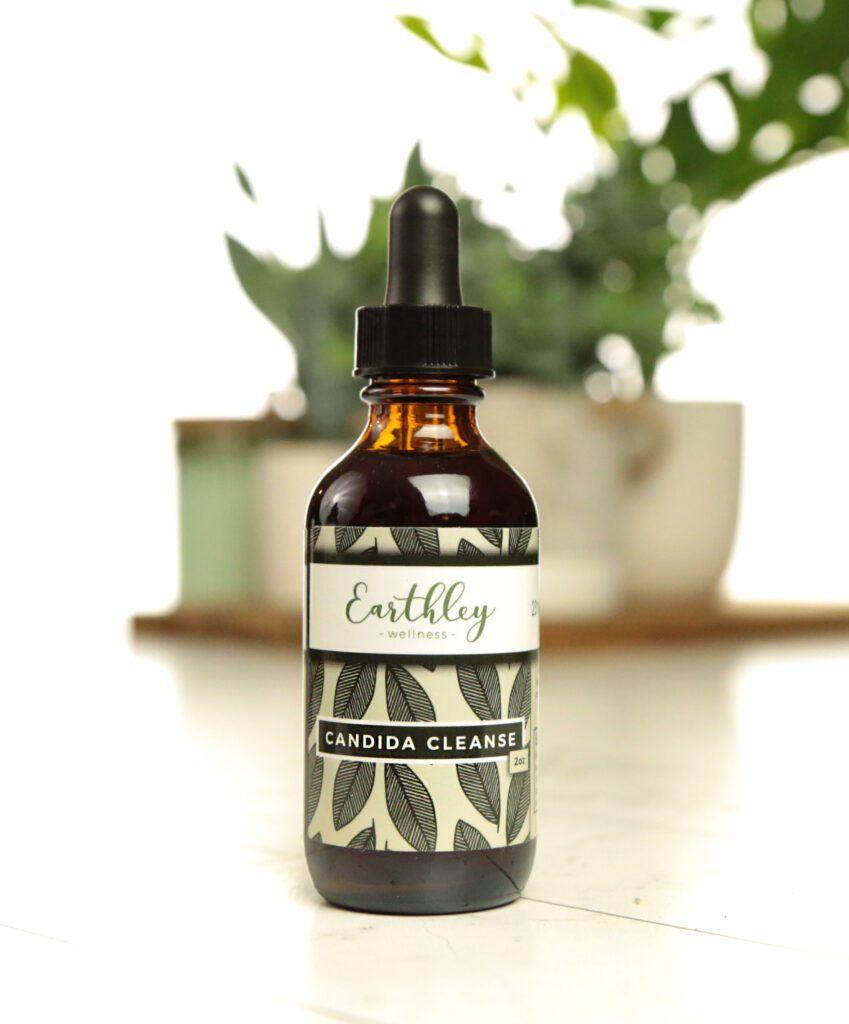
To support a healthy gut microbiome
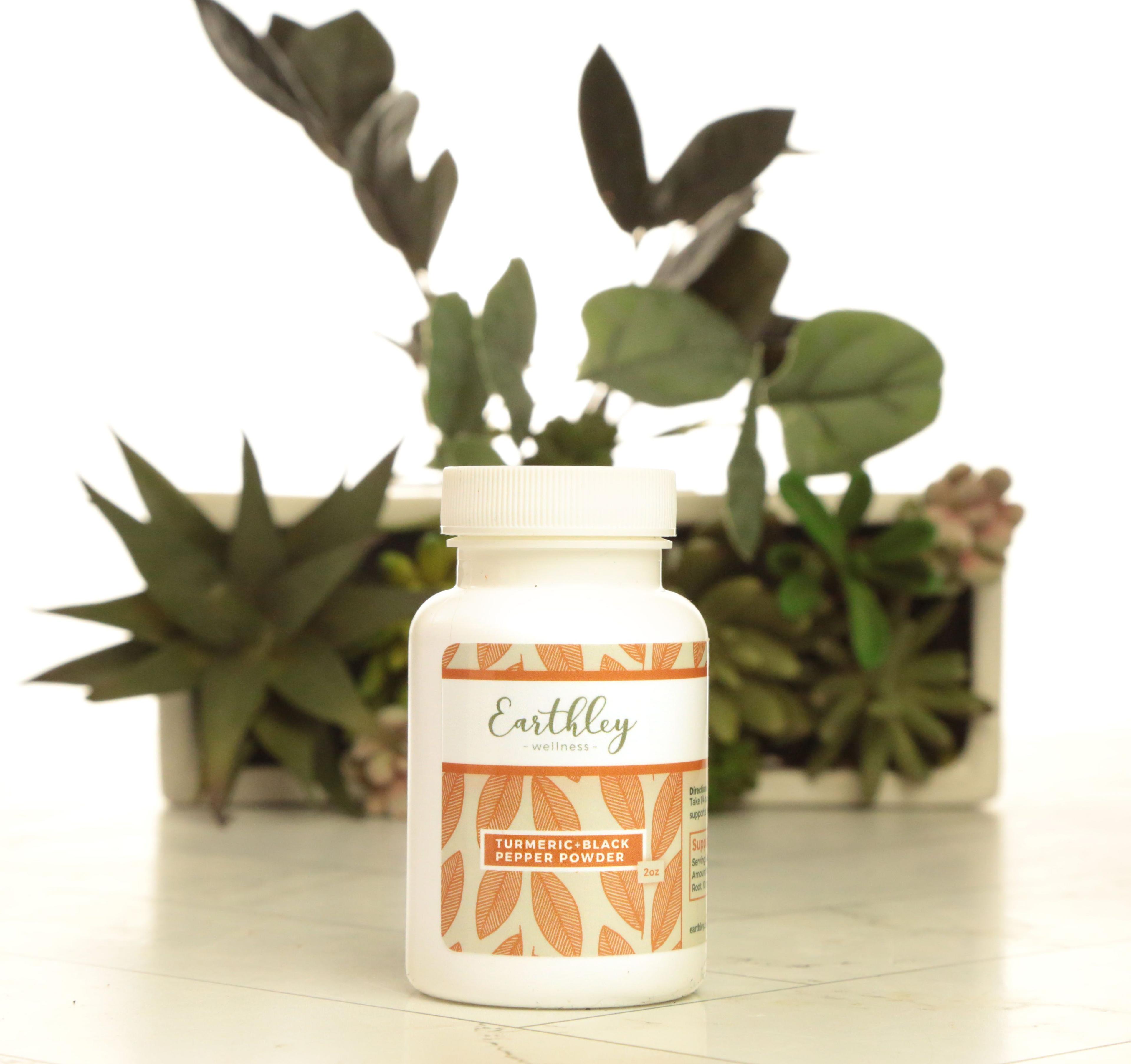
Supports a healthy inflammatory response

Supports digestive health and helps maintain a balanced microbial environment. Supports oral hygiene.

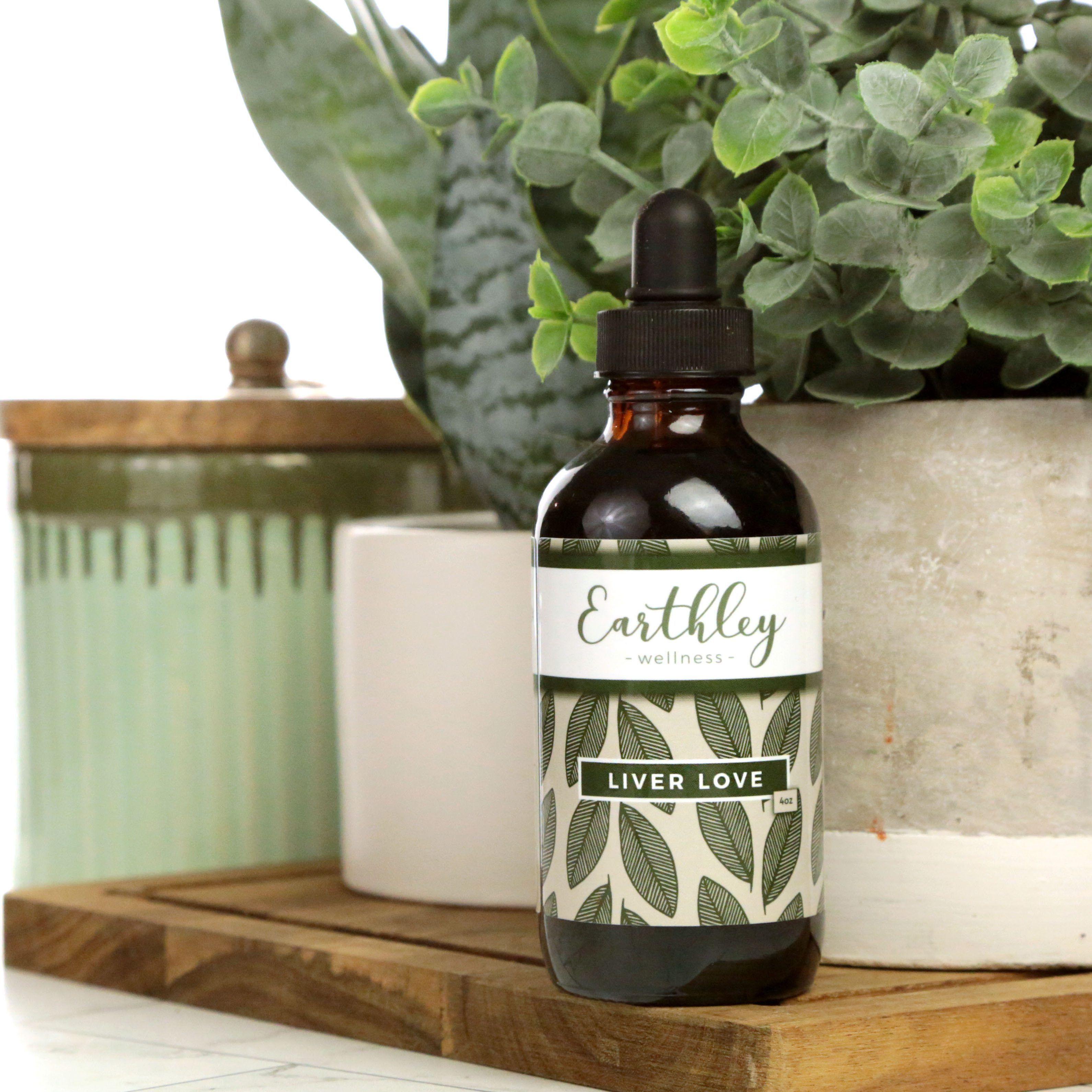
To support healthy liver function
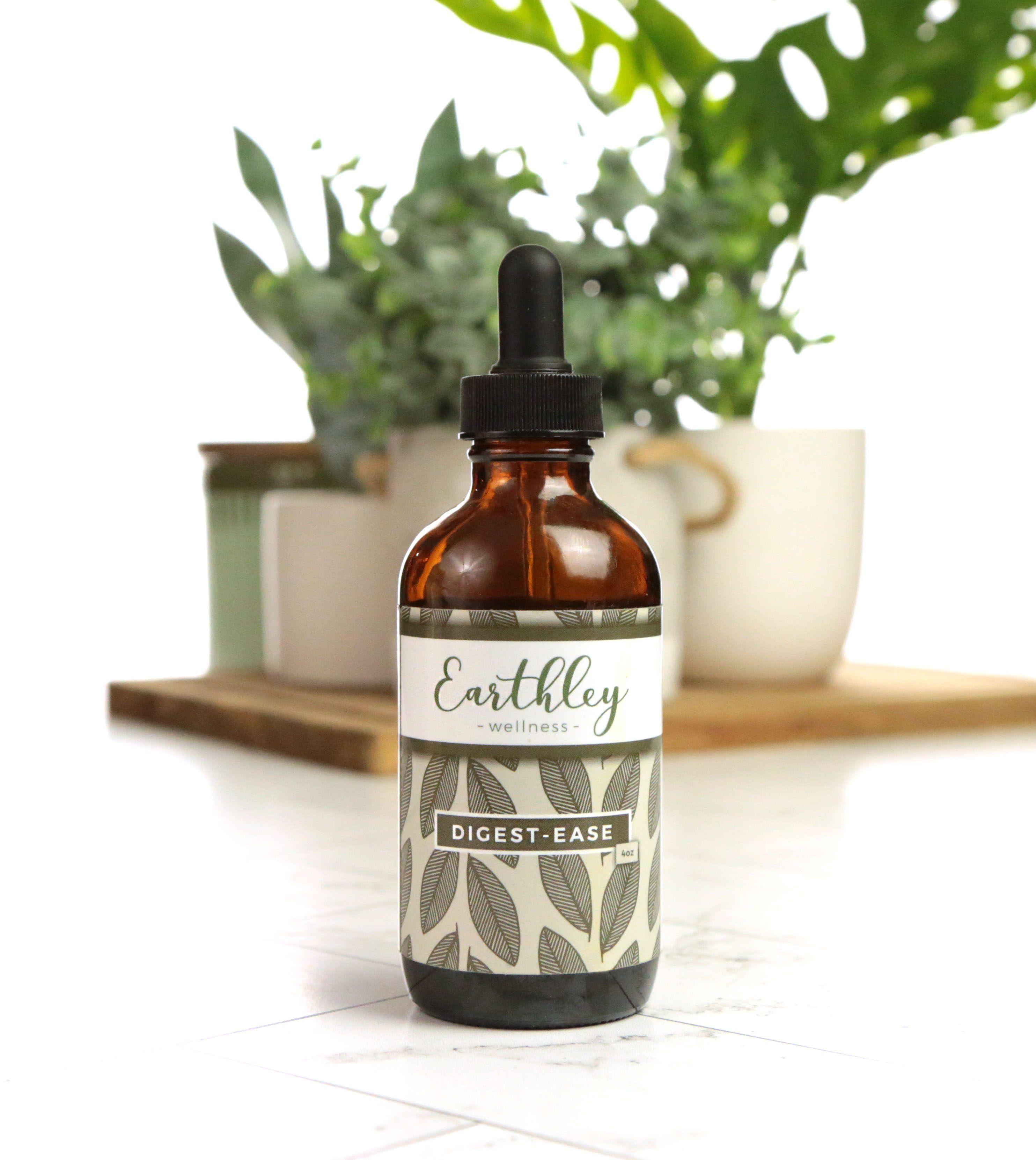
To promote gut health
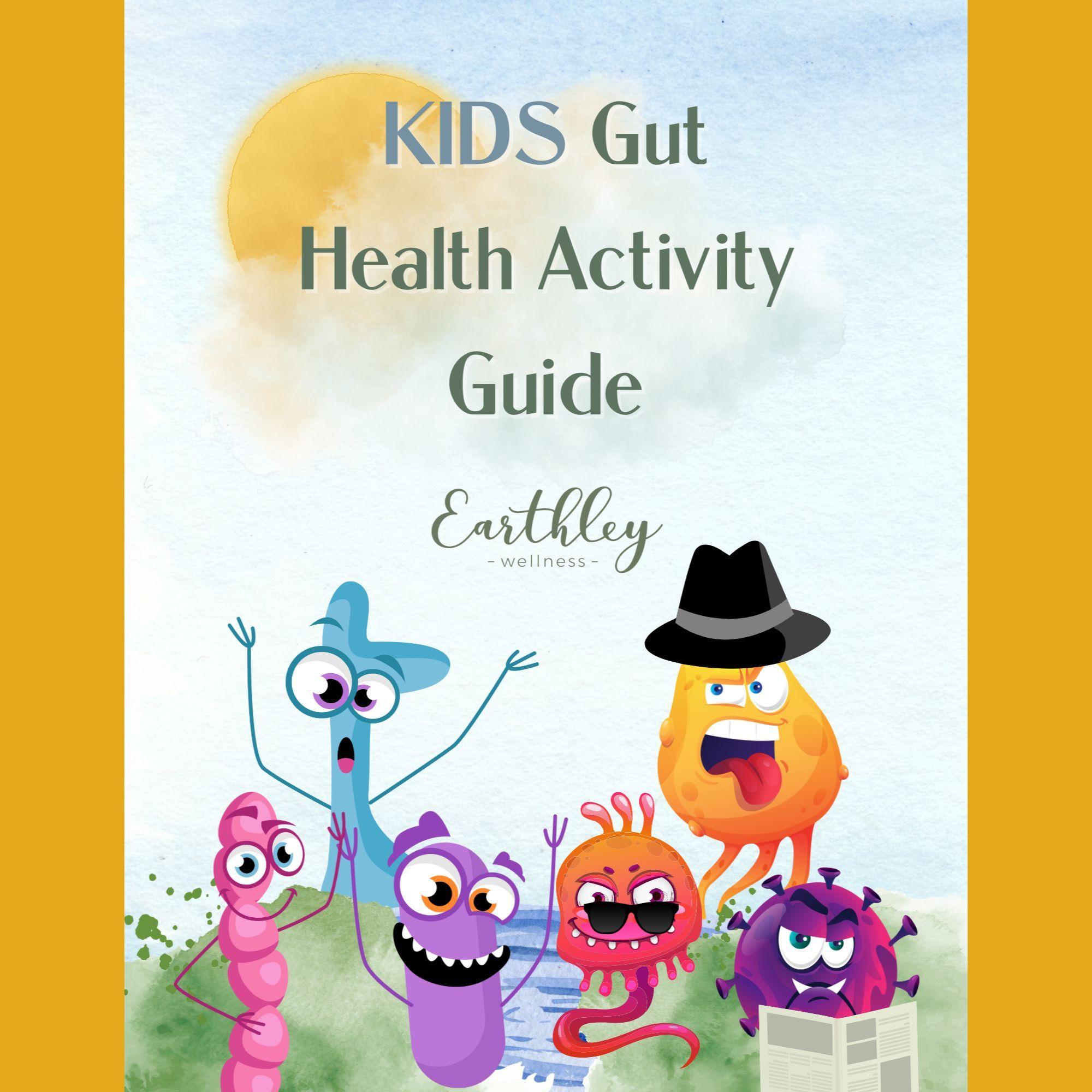

For inflammation
References:
[1] Pérez J. C. (2021). The interplay between gut bacteria and the yeast Candida albicans. Gut microbes, 13(1), 1979877. https://doi.org/10.1080/19490976.2021.1979877
[2] Peroumal D, Sahu SR, Kumari P, Utkalaja BG, Acharya N.2022.Commensal Fungus Candida albicans Maintains a Long-Term Mutualistic Relationship with the Host To Modulate Gut Microbiota and Metabolism. Microbiol Spectr10:e02462-22.https://doi.org/10.1128/spectrum.02462-22
[3] Wang, F., Wang, Z., & Tang, J. (2023). The interactions of Candida albicans with gut bacteria: a new strategy to prevent and treat invasive intestinal candidiasis. Gut pathogens, 15(1), 30. https://doi.org/10.1186/s13099-023-00559-8
[4] Ahmed, M., Goher, H., Dwedar, R., Nassar, Y., Nada, M., & Kotb, M. (2024). A comparative study between invasive and superficial Candida albicans infections regarding biofilm formation, ALS3 and SAP1-6 genes expression, and antifungal drug susceptibility. Egyptian Journal of Medical Microbiology, 33(2), 1–9. https://doi.org/10.21608/ejmm.2024.338110
[5] Pappas, P. G. (2018). Invasive candidiasis. Nature Reviews Disease Primers, 4, 18026. https://doi.org/10.1038/nrdp.2018.26
[6] Cleveland Clinic. (2022). Invasive candidiasis. https://my.clevelandclinic.org/health/diseases/22308-invasive-candidiasis
[7] Wood JM, Sbar E. Jarisch-Herxheimer Reaction. [Updated 2025 Jul 7]. In: StatPearls [Internet]. Treasure Island (FL): StatPearls Publishing; 2025 Jan-. Available from: https://www.ncbi.nlm.nih.gov/books/NBK557820/
[8] Weig, M., Müller, F., Shao, L., Zeman, F., Gross, M., Huber, R., & Rösch, T. (1999). Limited effect of refined carbohydrate dietary supplementation on colonization of the gastrointestinal tract of healthy subjects by Candida albicans. Digestive Diseases and Sciences, 44(5), 936–943. https://doi.org/10.1023/A:1026671728645
[9] The Wellness Way. (2024, September 27). Candida overgrowth: Got sugar cravings? The Wellness Way. https://www.thewellnessway.com/candida-overgrowth-got-sugar-cravings/